Del Kathryn Barton, Louise Paramor, Helen Maudsley, and Gareth Sansom (NGV Australia)
The four solo survey exhibitions currently staged at NGV Australia as its Summer 2017–18 program emphatically delineate the institution’s position on contemporary art. While the juxtaposition is headily abrasive, the aggregate speaks of certain attributes that it is keen to foreground. Contemporary art, embodied by this ensemble, is spectacular and behemothic, vivid and kaleidoscopic. The works are resolutely tactile, each of the artists invested in fastidiously worked materials. A cornucopia of worlds unfold, concentrated in shimmering patterns that march across painted surfaces, obliterate depth of field, draw out the sculptural properties of layered paper, or collapse architectonic space into implausible folds.
Continue reading for only $10 per month. Subscribe and gain full access to Australian Book Review. Already a subscriber? Sign in. If you need assistance, feel free to contact us.



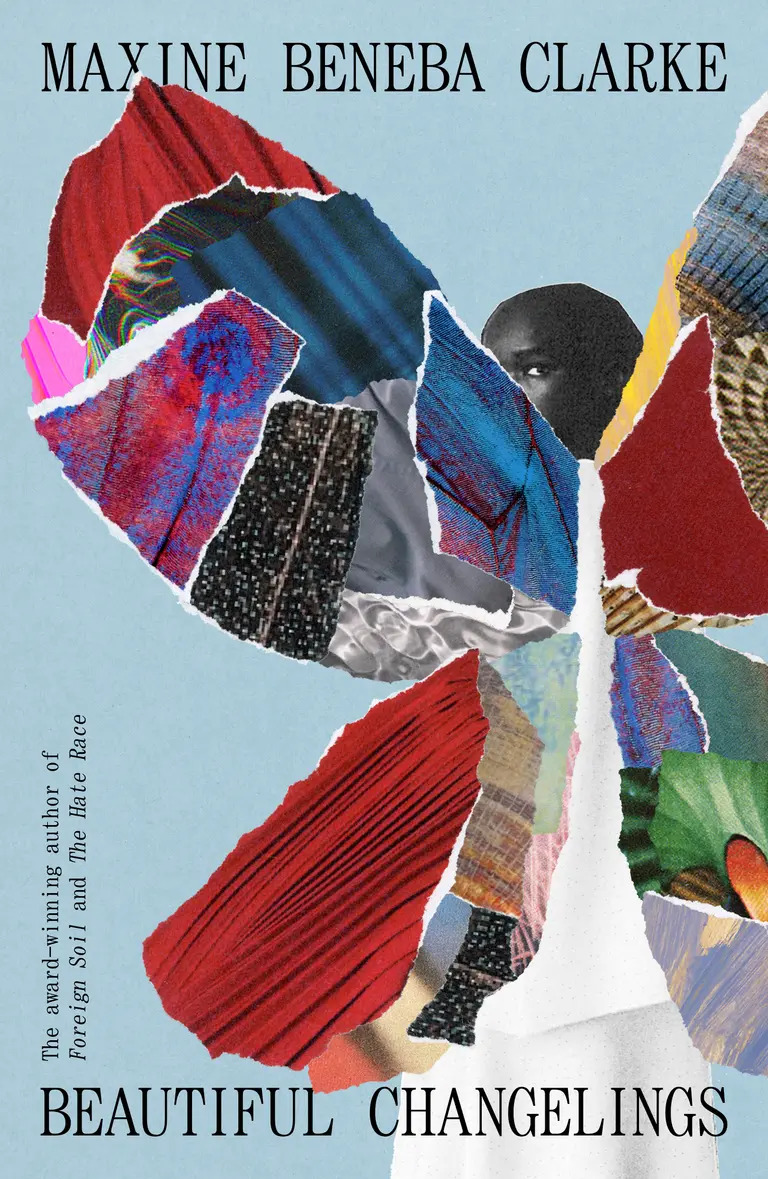

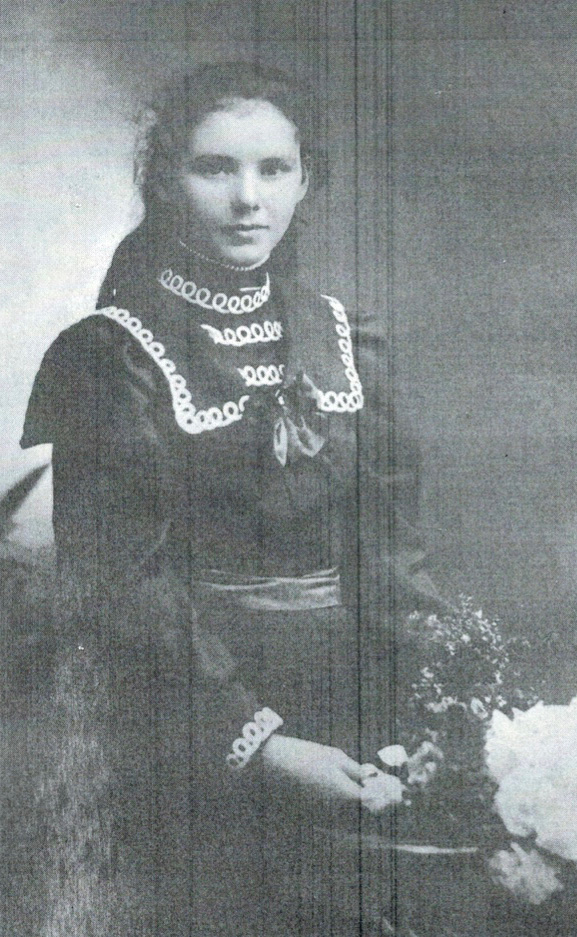
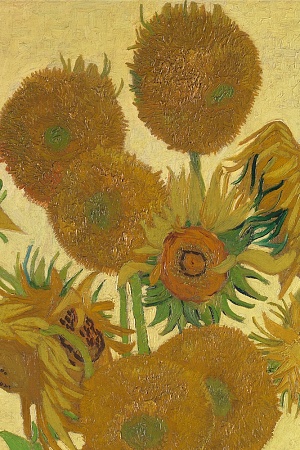
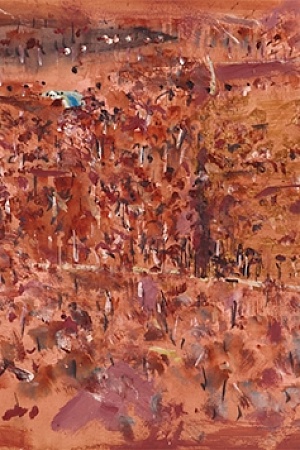
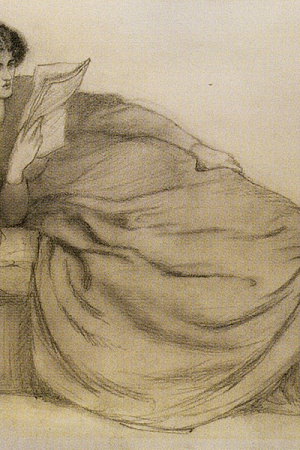
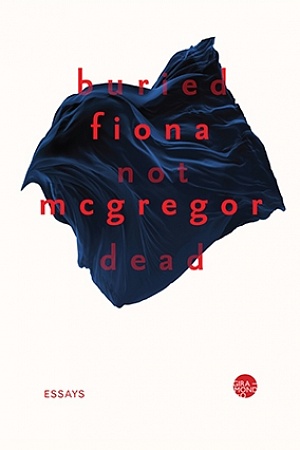
Leave a comment
If you are an ABR subscriber, you will need to sign in to post a comment.
If you have forgotten your sign in details, or if you receive an error message when trying to submit your comment, please email your comment (and the name of the article to which it relates) to ABR Comments. We will review your comment and, subject to approval, we will post it under your name.
Please note that all comments must be approved by ABR and comply with our Terms & Conditions.